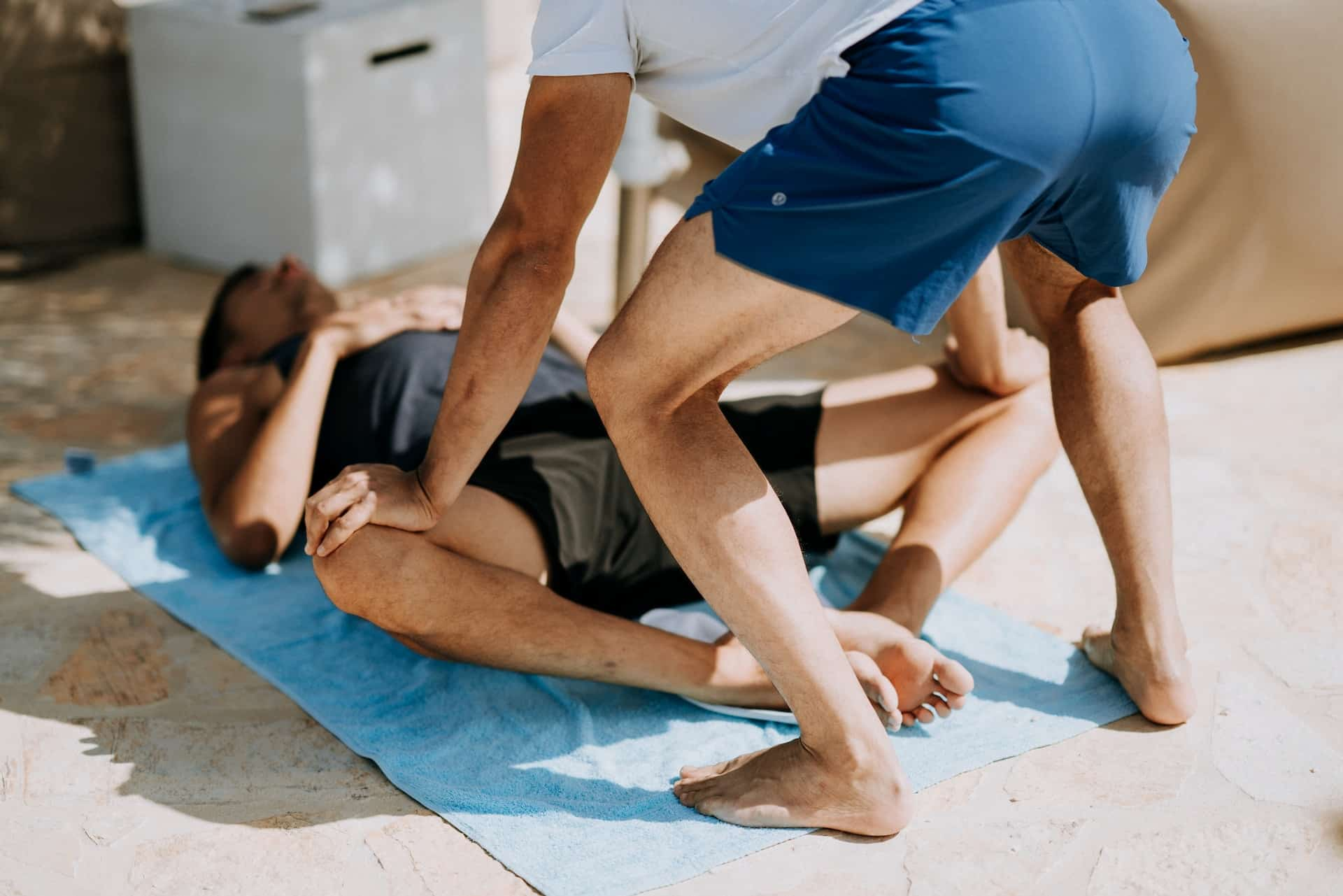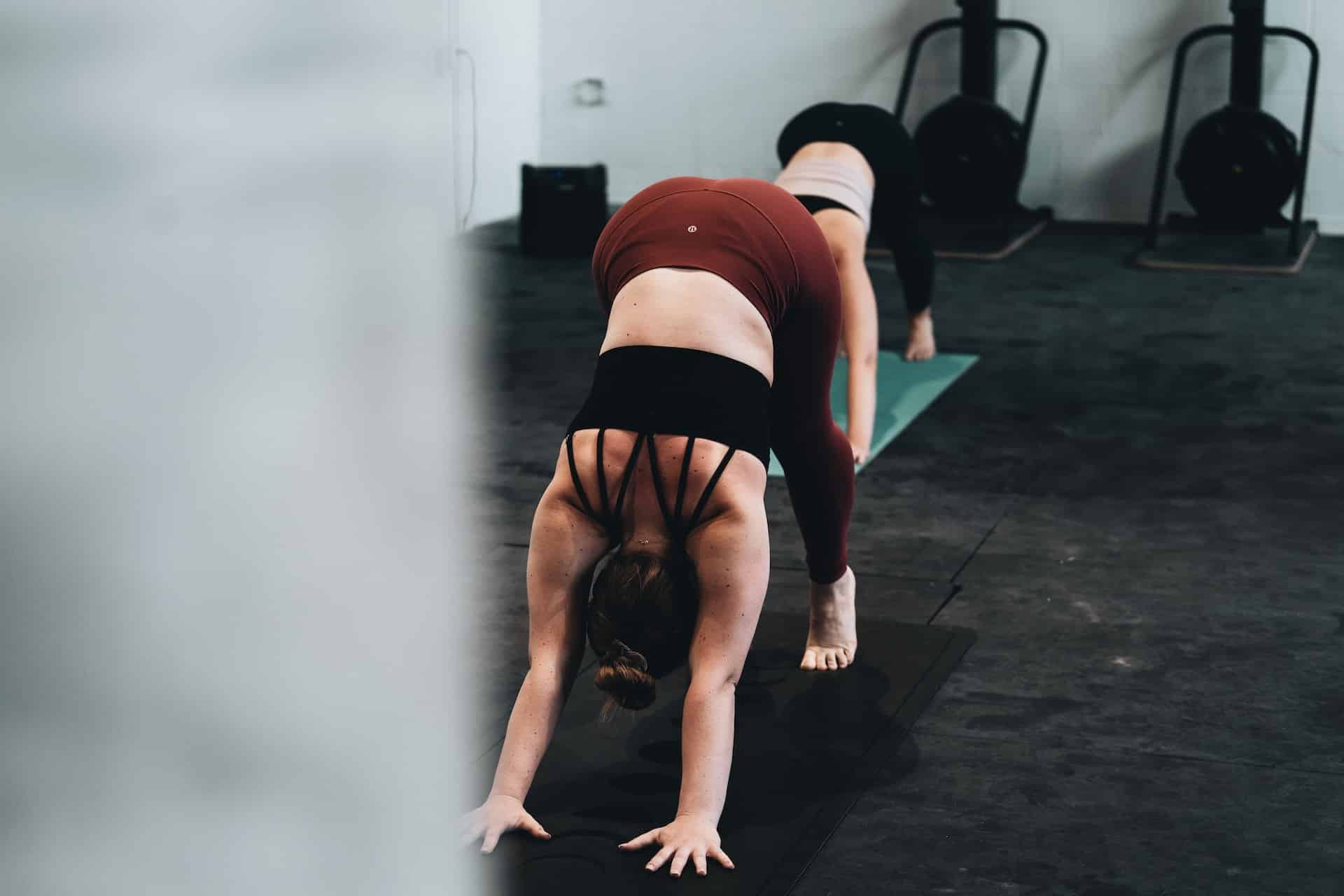17 de October de 2023
Why Don’t People Use Dynamic Flexibility Tests As Much As Static Flexibility Tests?
Flexibility: The Context And Types Of Tests That Can Be Used To Measure This Attribute

Flexibility, as a component of fitness, gained importance for the first time in the early 20th century with the emergence of the field of physiotherapy (Adler, 2014). Flexibility has been defined as the range of motion of muscles and connective tissues in a joint or group of joints (Pate et al., 2012). This quality is a part of muscular fitness associated with “muscle stiffness” and muscle tension (Jung, 1961).
The length of the muscle-tendon unit is typically the primary focus of flexibility tests in the field. The utility of flexibility as a component of physical fitness has its roots in sports performance, and a substantial body of scientific literature has investigated the association between acute stretching and muscle cramps (de Vries, 1967), injuries (McHugh & Cosgrave, 2010), performance (Kay & Blazevich, 2012), postural stability (Nelson et al., 2012), and delayed-onset muscle soreness or DOMS (Herbert et al., 2011). These are the reasons why flexibility is measured, providing vital information for sports performance, injury prevention, and overall health.
Static Flexibility & Dynamic Flexibility Tests: Definition
Fleischman (1964) identified two components of flexibility: static flexibility and dynamic flexibility. Static flexibility was defined as “the ability to flex or stretch the muscles as much as possible.” Dynamic flexibility was defined as “the ability to perform quick and repeated bending movements.” When assessing an athlete’s flexibility, there are numerous flexibility tests available. These tests can be broadly categorized into two families: dynamic flexibility tests and static flexibility tests.
The difference between them, as their names suggest, is that in static flexibility tests, the body remains still during the measurement, while in dynamic flexibility tests, the athlete moves to assess their flexibility. In 1980, the first physical fitness test was published, which included a static flexibility test, known as the sit-and-reach (Adler, 2014), and over time, more dynamic and static flexibility tests have been added. As we will see below, dynamic and static flexibility tests have their advantages and disadvantages when it comes to their application and obtaining reliable measurements.
Static & Dynamic Flexibility Tests Have Different Pros And Cons

Reproducibility and Measurement Accuracy
Static flexibility tests are more common than dynamic flexibility tests because they are easier to replicate. These static tests are simple and easy to standardize because the result is an objective data determined by a goniometer or a tape measure. When we want to assess possible asymmetries between one side of the body and the other, we need the most precise measurements possible, and these results that are accurate to the millimeter are provided by static flexibility tests.
On the other hand, we have dynamic flexibility tests. In this type of test, the researcher or coach’s acumen comes into play, indicating that there is an element of interpretation in the test. Despite having some advantages over static flexibility tests, most physiotherapists and coaches primarily rely on static tests, typically allocating less volume to dynamic flexibility tests.
Similarity With Sports Movement
The advantage of dynamic flexibility tests is that they closely resemble the activity or sport being practiced, while static flexibility tests involve holding a stretch without any movement. When it comes to hitting a volleyball, or throwing a baseball, understanding shoulder flexibility is crucial for both performance and addressing limitations caused by excessive training.
To determine joint flexibility results, you can use various static tests, such as assessing shoulder rotation with a 90/90 test or performing a shoulder stretch to identify any asymmetries between one shoulder and the other. However, you can also evaluate how that shoulder behaves in real movements using the available technology, such as during one of the tests in the Functional Movement Screen (FMS) where you have to pass a dowel while holding a bar on your shoulders or while performing an overhead squat. The choice between dynamic and static flexibility tests will always depend on the coach or physiotherapist, who will need to decide between precision or comprehensiveness.
Number of Joints MEasured At Once
A person can be very flexible around their shoulder joint but have very little flexibility in their hips. Each joint has specific flexibility that needs to be measured individually, considering all its movements. For example, we can conduct a static test like the shoulder stretch, in which the athlete must pass one hand over their trunk and the other beneath it, attempting to bring their hands together as far as possible behind their back. This static flexibility test provides information about the state of the shoulder joint but doesn’t assess the other joints.
Dynamic flexibility tests typically involve multiple joints simultaneously, but they are more complex to evaluate by the coach. An experienced coach will know where an athlete needs to work on flexibility simply by having them perform a squat. Do the heels come up? Do the knees move too far forward? Is the torso upright or highly inclined? All these factors provide comprehensive information about the athlete’s flexibility.
Conclusion
Dynamic flexibility tests and static flexibility tests are valid for assessing whether our athlete has any form of tightness, which is linked to performance and injuries. When choosing between dynamic and static flexibility tests, most professionals lean towards static testing because, despite some limitations, the measurements are easier to obtain and do not involve human interpretation. That is the primary reason why static flexibility tests are more commonly used than dynamic flexibility tests.
References
Adler, J. (2014). Residuos de la guerra : Rehabilitación de la Primera Guerra Mundial América Autor : ISBN : Editor : Crítico : 1.
de Vries, H. A. (1967). Quantitative Electromyographic Investigation of the Spasm Theory of Muscle Pain. Insurance Counsel Journal, 34. https://heinonline.org/HOL/Page?handle=hein.journals/defcon34&id=457&div=&collection=
Fleishman, E. A. (1964). The structure and measurement of physical fitness.
Herbert, R. D., de Noronha, M., & Kamper, S. J. (2011). Stretching to prevent or reduce muscle soreness after exercise. The Cochrane Database of Systematic Reviews, 7. https://doi.org/10.1002/14651858.CD004577.PUB3
Jung, F. T. (1961). Hypokinetic Disease; Diseases Produced by Lack of Exercise. JAMA, 177(12), 883–883. https://doi.org/10.1001/JAMA.1961.03040380061021
Kay, A. D., & Blazevich, A. J. (2012). Effect of acute static stretch on maximal muscle performance: a systematic review. Medicine and Science in Sports and Exercise, 44(1), 154–164. https://doi.org/10.1249/MSS.0B013E318225CB27
McHugh, M. P., & Cosgrave, C. H. (2010). To stretch or not to stretch: the role of stretching in injury prevention and performance. Scandinavian Journal of Medicine & Science in Sports, 20(2), 169–181. https://doi.org/10.1111/J.1600-0838.2009.01058.X
Nelson, A. G., Kokkonen, J., Arnall, D. A., & Li, L. (2012). Acute stretching increases postural stability in nonbalance trained individuals. Journal of Strength and Conditioning Research, 26(11), 3095–3100. https://doi.org/10.1519/JSC.0B013E3182430185
Pate, R., Oria, M., Pillsbury, L., Youth, C. on F. M. and H. O. in, Board, F. and N., & Medicine, I. of. (2012). Health-Related Fitness Measures for Youth: Flexibility. https://www.ncbi.nlm.nih.gov/books/NBK241323/

